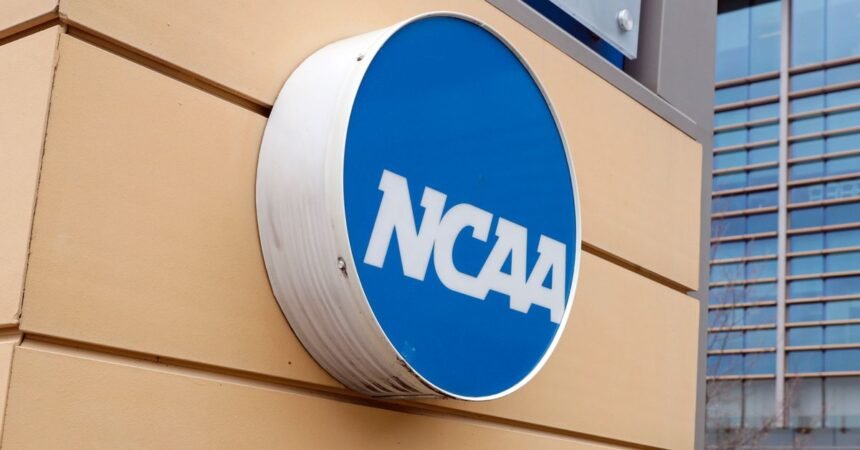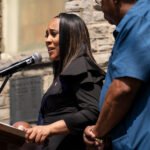[ad_1]
NCAA and Leading Conferences Set to Remodel Revenue-sharing with Antitrust Claims Settlement
The NCAA and the top five national conferences have agreed to a significant $2.8 billion settlement in response to various antitrust claims. This landmark decision initiates a new revenue-sharing model, potentially directing millions to athletes as early as the 2025 fall semester.
The federal judge assigned to the case still needs to approve the agreement. However, if it proceeds, it marks the onset of a new era in college sports, where athletes can be compensated more like professional participants, and universities can compete for talent by offering direct payments.
“This is a massive leap forward,” expressed Tom McMillen, a former Maryland basketball player and congressman who has led a group of collegiate athletic directors for the past year.
Following unanimous approval by the Southeastern Conference school leaders and the Pac-12’s signoff, which was facilitated by a decisive vote from university leaders, the implementation of the plan has begun. An insight obtained from a couple of sources hinted that the coordinated announcement is still being prepared by the Pac-12, SEC, Big Ten, Big 12, Atlantic Coast Conference and the NCAA.
The End of the NCAA’s Amateur Model
This new plan is a significant departure from the NCAA’s fundamental amateur model, which dates back to 1906. The allowance of endorsement deals backed by so-called name, image, and likeness money paved the way for this change. This development could lead to a time where notable athletes have not only lucrative NIL deals but also hefty payments from their universities.
According to plans, the NCAA and the conferences would pay $2.77 billion over the next decade to more than 14,000 current and former college athletes. This would compensate for the earnings they couldn’t secure from endorsement and sponsorship deals owing to regulations that were in place until 2016.
Administration of Payments
Each educational institution will have the discretion, but not the obligation, to reserve up to $21 million annually for athletes’ revenue sharing. This limit could increase as overall revenues rise. Athletes across all sports will be eligible for these payments, with each school determining the distribution among its sporting programs. Scholarship limits will be replaced by roster restrictions as part of these changes.
Some pending details include the applicability of the Title IX gender equity law to this new model and the potential in-house operations of NIL activities, which might lead to potential lawsuits.
Lawsuit and Consequences
The central lawsuit driving this settlement, ‘House v. the NCAA,’ was initially scheduled for trial in January. The plaintiffs, former Arizona State swimmer Grant House and Sedona Prince, a former Oregon and current TCU basketball player, claimed that the NCAA and the richest conferences unlawfully restrained athletes from earning endorsement money. They further argued that athletes deserve a share of the substantial income that NCAA and these conferences earn from television network deals.
Further Legal Challenges
This settlement could potentially cover other antitrust cases challenging athlete compensation rules. However, ‘Fontenot vs. NCAA’, a case currently in a Colorado court, might pose a complication as it remains separate after a request to consolidate it with ‘Carter’ failed. This outstanding case is significant because the NCAA and its conferences do not want to be obligated to pay further damages if they lose in a subsequent court decision.
A New Era of College Athletics
While not surprising, the agreement represents a substantial overhaul in college sports that was long in the making, with athletes receiving more monetary benefits and rights than ever before. However, key issues still need to be resolved, such as whether athletes should be considered employees of their universities, which NCAA President Charlie Baker and other sports leaders oppose.
Despite any lingering queries, it’s clear that the nature of college sports is changing radically, drawing increasingly closer to professional sports models.
[ad_2]









